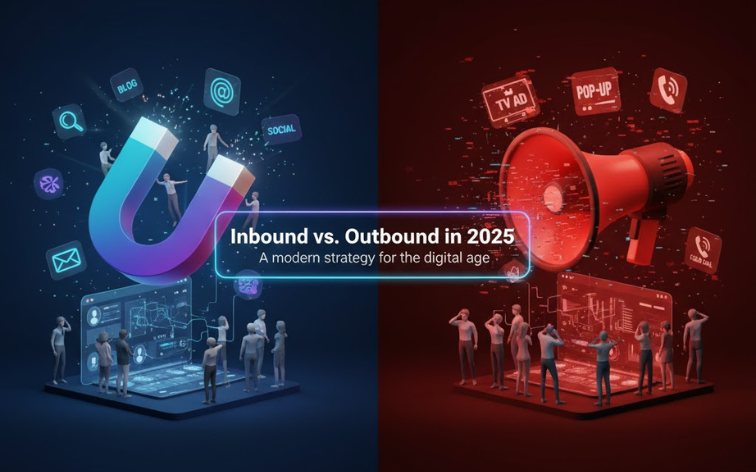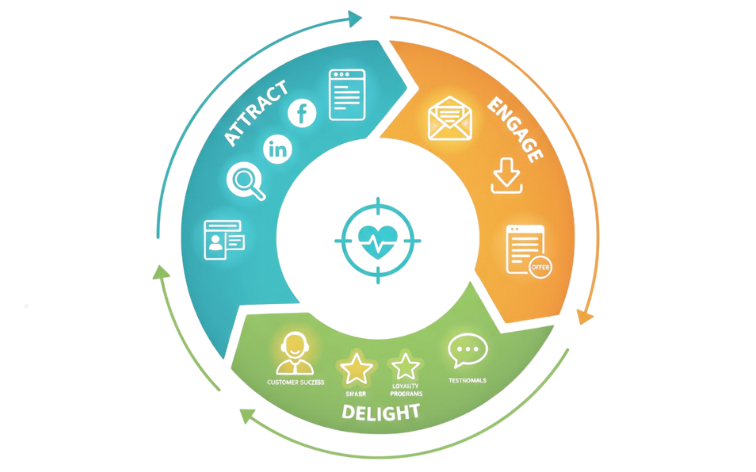In 2025, companies are rethinking how they attract, engage, and keep customers. The secret is to guide them from the moment they discover your brand & not bombard your target audience with ads. Well for that you get inbound marketing: the sustainable, high-ROI approach that’s taken center stage in every effective digital strategy for business growth.
But what is inbound marketing, how does it compare to outbound tactics, and what are the best practices to get measurable results especially via email marketing? These are some of the questions that will be answered through the course of this blog.
What is Inbound Marketing?
At its heart, inbound marketing means attracting and engaging potential customers using content, stories, and experiences that your audience actually wants. Picture someone searching for the best way to renovate their kitchen or a business owner looking for growth tips.
When they search for that on the Internet, inbound marketers will be there to offer helpful blog posts, interactive guides, insightful videos, and value-packed newsletters. When applying this strategy instead of spamming their inboxes or cold-calling, the audience will come to you not the other way around.
Core Principles of Inbound Marketing
- Focus on value: Give away knowledge, inspiration, or solutions at every stage.
- Listen first: Structure your messaging based on the needs and questions you hear from customers.
- Guide, don’t push: Use subtle CTA to push information subtly, not pressure them for sales.
- Build relationships: Keep nurturing your leads even after a sale to encourage loyalty and referrals.

According to HubSpot’s 2025 research, companies using inbound marketing have 54% more qualified leads and 60% lower cost per customer than outbound-focused brands. That’s data-backed proof that inbound marketing deserves a starring role in your digital strategy for business growth.
What is Outbound Marketing? (And Why It Still Matters)
Outbound marketing is the traditional way of reaching people directly, even if they haven’t shown prior interest. This includes TV commercials, radio spots, print ads, cold calls, and cold email blasts. The philosophy is simple: get your message out to as many people as possible and hope some respond.
Inbound vs Outbound Marketing: Key Differences
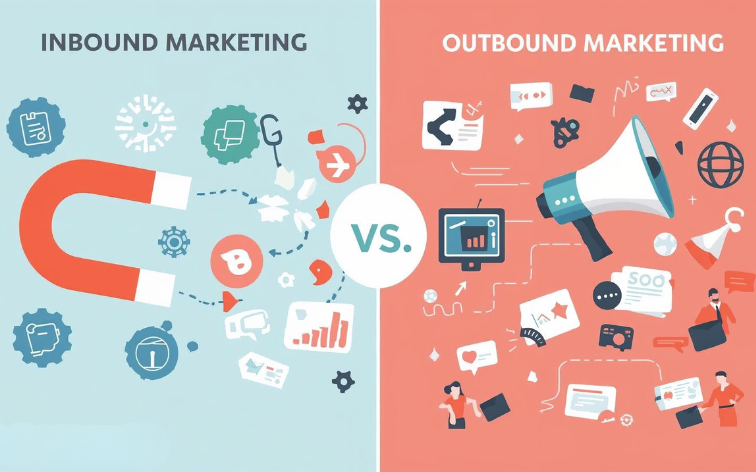
| Inbound Marketing | Outbound Marketing |
| Attracts people by being helpful | Pushes a message to a broad audience |
| Is found when prospects search | Interrupts during unrelated activities |
| Focuses on relationships | Focuses on selling quickly |
| Builds over time, compounds ROI | Results can be instant, often short-lived |
| Includes SEO, blogs, social media & email marketing | Includes cold calls, TV/radio & sponsorships |
Outbound marketing still has its advantages, especially for brand awareness, product launches, or targeting demographics you struggle to reach organically. But for most businesses, combining inbound marketing’s warm introduction with strategic outbound outreach is the winning combination for 2025.
Building Your Inbound Marketing Foundation
Success in inbound marketing starts with five essential elements:
Deeply Researched Buyer Personas
Effective inbound marketers dig into who their customers actually are. Use surveys, sales data, website analytics, or simply ask your best clients about their challenges, motivations, and dreams. Shape every campaign, blog, and email around these personas.
Valuable, Answers-Driven Content
Write blog posts that answer things your prospects ask every day. Craft downloadable guides, host live Q&As, and produce videos that simplify complex topics. Great content marketing isn’t about you, it’s about your customer’s next step.
Mapping the Buyer’s Journey
Create resources for every stage:
Awareness: Helpful blogs, quizzes, social posts.
Consideration: Case studies, comparison guides, webinars.
Decision: Demos, detailed testimonials, pricing calculators.
Email Marketing Best Practices
Design a lead nurturing flow that delivers genuine value at the right time. (We’ll go deeper on this soon!)
Clear, Achievable Goals
Set metrics you can track: leads, email open rates, conversion rates, content downloads and tweak what is your inbound marketing strategy until those numbers go up.
Crafting Your Inbound Strategy: Attract, Engage, Delight
Here’s a simple but powerful inbound framework:
Attract
- Optimize web content for SEO: Use keywords, clear titles, and answer trending questions.
- Be present where your audience hangs out: LinkedIn for B2B, Instagram for lifestyle and finding the Gen Z audiences.
- Share free tools and calculators.
Engage
- Use pop-ups or landing pages for drip email sign-ups.
- Offer gated resources in exchange for contact info.
- Start real conversations in comments and DMs.
Delight
- Check in after someone becomes a customer & ask about their experience.
- Send special “customer-only” deals or content.
- Invite for beta tests, surveys, or referral programs.
What is Outbound Marketing’s Role in 2025?
Outbound marketing isn’t just old-school advertising. In 2025, smart marketers adapt outbound for moments when you need to accelerate awareness or reach specific audiences fast.
For instance, a powerful outbound campaign might involve:
- Retargeted paid ads to people who’ve interacted with your site before.
- Sponsored content in targeted newsletters.
- Personalized “direct mail” packs to high-value prospects.
Outbound works best when paired with what is an inbound marketing strategy, building trust before and after someone sees your ad.
Email Marketing Best Practices for 2025
Here are top email marketing best practices for inbound marketers:
- Segment your list: Not all customers want the same things. Create groups based on interests, behavior, or demographics.
- Personalize everything: Use first names, reference location, or recommend specific content.
- Optimize design & layout: Clean templates, clear fonts, and big clickable buttons work on both mobile and desktop.
- Value over volume: Don’t send emails unless you’re sure they’ll be wanted! Prioritize quality over frequency.
- Automate & Trigger: Set up emails that send when someone downloads an eBook, books a demo, or leaves a cart behind.
- Test & learn: A/B test subject lines, preview text, and CTAs. Measure what works quickly.
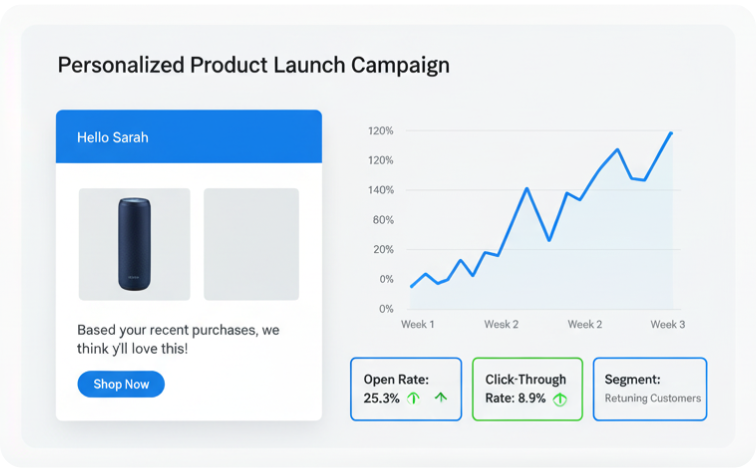
According to Litmus in 2025, email is responsible for Rs.45 in ROI for every Re.1 spent, if we follow industry best practices.
How to Improve Content Marketing ROI
Content takes time and creativity to produce, so ROI matters. Here’s how to improve content marketing ROI without burning out:
- Audit regularly: Find your best-performing posts. Update them with new data, visuals, or CTAs.
- Repurpose everything: Turn a webinar into five blog posts. Make quote graphics from your most shared article.
- Promote smartly: Don’t just publish and hope. Share content via email, social, partners, and paid campaigns.
- Set up trackable goals: Use UTM links, dashboards, and CRM reporting to connect every piece of content to pipeline impact.
- Prioritize evergreen topics: Invest more in high-volume, long-life subjects. Balance with timely, trending content.
- Measure and iterate: Remove what doesn’t resonate with your audience. Double down where you see higher conversions or engagement.
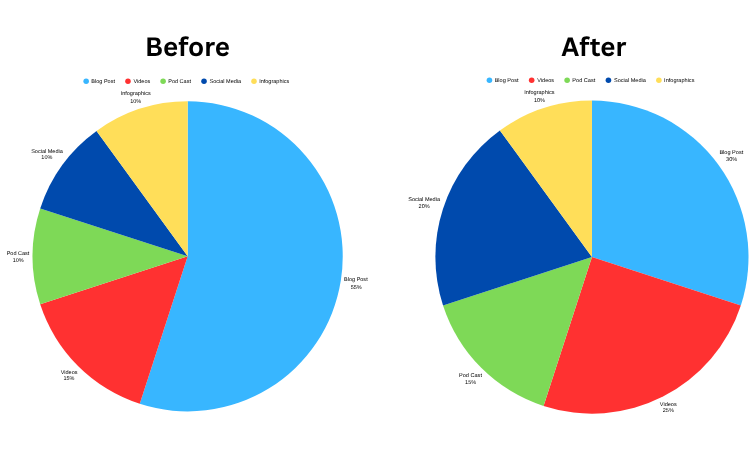
The Digital Strategy for Business Growth
What sets top-performers apart in 2025? It’s not just understanding what is inbound marketing, but actively using it in their entire digital strategy for business growth.
Follow this path for a robust, integrated approach:
- Use one unified CRM so marketing and sales always share lead data and feedback.
- Adopt an agile content calendar mapped to priority buyer journeys and changing trends.
- Automate wherever possible: alerts, reminders, onboarding, and even social posts.
- Invest in analytics and smart dashboards so performance is clear and actionable in real-time.
- Encourage your team to experiment. Small tests often uncover new opportunities.
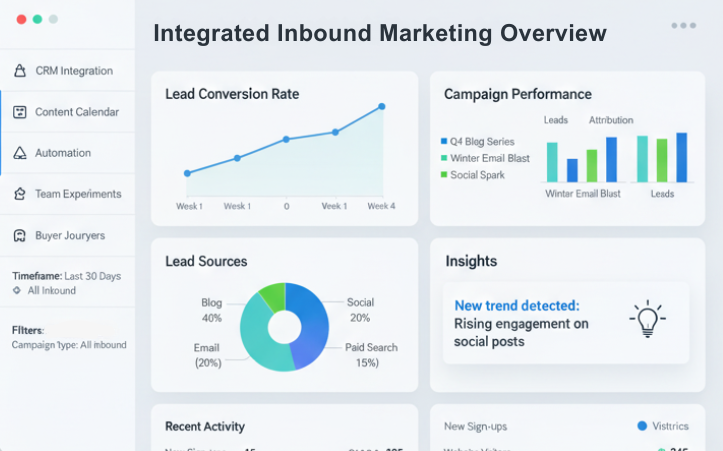
Conclusion
Inbound marketing remains the most scalable, customer-friendly method to attract, engage, and delight in a competitive digital landscape. By understanding what is outbound marketing, sharpening your email marketing best practices, knowing how to improve content marketing ROI, and building a robust digital strategy for business growth, means you’ll be leading the field in 2025.
FAQs
What is inbound marketing?
Inbound marketing is a strategy focused on attracting leads and customers through valuable content, search, social media, and nurturing campaigns.
What is outbound marketing and how does it work?
Outbound marketing is a traditional approach that actively pushes messages to potential customers via ads, cold calls, and mass emailing.
How does inbound marketing differ from outbound marketing?
Inbound marketing attracts customers by providing value, while outbound marketing interrupts with unsolicited promotional messages.
Why are email marketing best practices important for inbound marketing?
They nurture prospects, build trust, and increase conversions by delivering relevant, personalized content directly to inboxes.
What are essential email marketing best practices for 2025?
Segmentation, automation, personalization, value-driven content, compliance, and regular A/B testing rank as best practices.
How to improve content marketing ROI within inbound strategies?
Track results, update content, repurpose formats, use smart CTAs, and optimize for organic search to maximize ROI.
Can you combine inbound and outbound marketing?
Yes, using outbound for quick awareness and inbound for relationship-building increases multi-channel effectiveness.
What tools support digital strategy for business growth today?
CRM platforms, marketing automation, analytics suites, AI-driven personalization, and omnichannel content scheduling tools.
What is the buyer’s journey in inbound marketing?
It’s the process prospects move from awareness to consideration to decision and is guided by targeted content.
How does inbound marketing fit within a digital strategy for business growth?
Inbound strategies are the foundation, providing organic, sustainable growth and maximizing lifetime value through trust-driven engagement.

